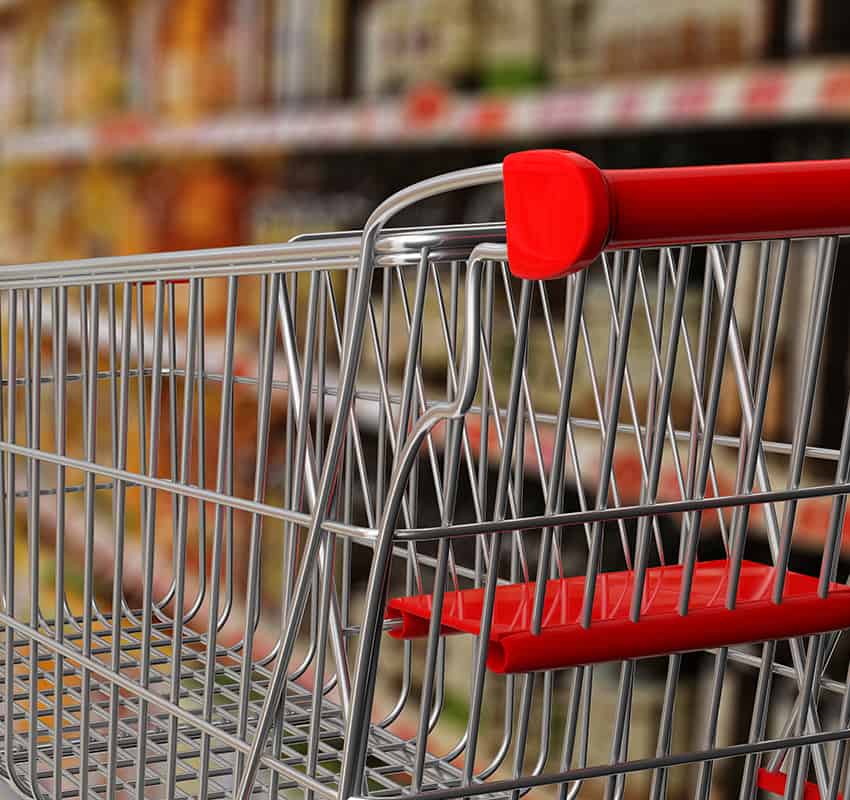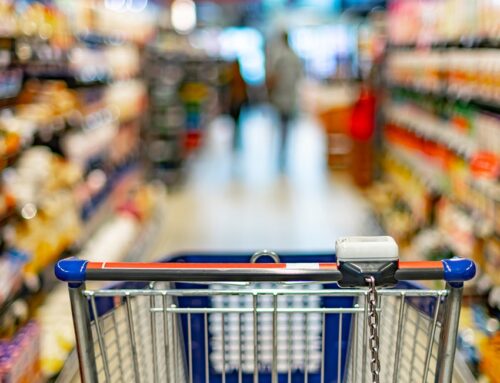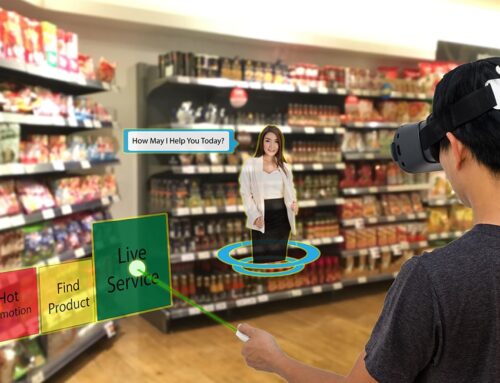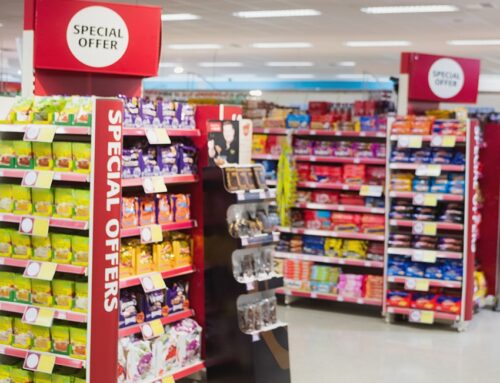Programmatic Advertising for Supermarkets
We’ve been working with Supermarkets pretty much since the day Gourmet Ads was started. Well over a decade later, not only do we work with hundreds of supermarkets around the world, but we work with a number of online grocery / delivery companies.
In that time, we’ve seen a few things. The rise of Amazon Grocery and their growth and dominance of the shopping basket. We’ve also seen the evolution of supermarkets digital marketing approach, and launching dedicated internal digital hubs or centre of excellence that are focused on the importance of digital and managing their relationship with customers to create shopping experiences that are personalised, seamless and convenient. Many feature a discipline of data science leveraging customer analytics, with many including teams with Programmatic Advertising specialist leveraging the data and steering the brand on course on Desktops, Tablets, Mobiles, Connected TV and Audio devices. In recent times, some advertising techniques have become extremely successful, and programmatic advertising is one such technique.
Others Supermarket still lag behind from the leaders (especially regional and smaller brands) and we see this in what we would refer to as their basic approach to advertising in general. With that in mind we thought we’d develop a Programmatic Advertising 101 for Supermarket and Grocery Brands to help them navigate on how they run campaigns online at scale.
Supermarket Loyalty Programs powered by First Party Data
Generally speaking, I don’t think that supermarkets on whole use first party data as much as they could (compared to say the travel or automotive industries). As a company we’ve always highlighted and encouraged the use tactical advantages of activating with first party data, but we’ve seen many supermarkets cautious about data in general i.e. their Loyalty Program Data is asset they keep under lock and key. These days there are many 3rd party data companies that can convert PII data to cookie data (in close to real time) allowing them to be used for Programmatic Advertising campaigns. If the Supermarket Brand has Mobile App, then leveraging Device ID is relatively straight forward. Once available the first party data can be used for positive or negative campaigns. I.e targeting people who are NOT loyalty program members.
Coupon Campaigns
Some Supermarkets embrace Coupon Campaigns, others could do a better job. There is no doubt there is a certain type of customer that looks at who has the bargains this week and makes shopping decisions around them. Depending on how granular the first party data is, the targeting could be highly accurate ie people that regularly buy pasta, then offering a pasta coupon activated programmatically would reduce advertising overage ie being wasted on people that don’t buy pasta.
Supermarket Weekly Ad Circulars
Programmatically Advertising Supermarket Weekly Ad Circulars is a no brainer and for supermarkets not currently engaging this technique could see a large upswing by doing so. The Weekly Ad Circular should go heavy the first 3 days, then taper off till the end of the week. The weekly run campaign could either go to a Weekly Ad Circular Landing page or to specific product pages depending on your strategy. Our suggestion when running a programmatic executed Weekly Ad Circulars campaign is targeting the supermarket’s own first party data audience of loyalty members, as well as users who are geographically located around the supermarket locations.
Branding Campaigns
Most Supermarkets leverage Branding Campaigns in some way shape or form. It can be anything from new store launches, product range changes, or announcements. Irrespective of the campaign, executing programmatically can provide both significant uplift in brand recognition and savings compared to mediums like television. Two recent Branding Campaigns ones we’ve seen in the Australian market is two major chains leveraging their relationships with Celebrity Chefs Jamie Oliver (Woolworths) and Curtis Stone (Coles).
Viewability
We’ve been big fans of Viewability ever since we could offer them programmatically via Smart Deals. Smart Deals give us the ability to set the % in the Deal. All Supermarket buyers should be adding Viewability as a Benchmark to all their campaigns, this will not only ensure that their ads are seen it will have a direct effect to performance no matter the device.
Mobile First Campaigns
We know that mums (and usually the grocery buyer) especially heavily use their mobile phone. So, when running programmatic advertising campaigns for supermarkets, its essential to leverage mobile as part of your media mix. No matter of the campaign, ensure you target inventory like Mobile Adhesions using the 320×50, the 300×250 and Interscroller all of which can be bought programmatically.
Contextual Targeting
Whilst we think there is great market advantage in leveraging a Supermarkets existing First Party Data, there are equally strong advantages in leveraging Contextual Targeting. Contextual targeting is where you target a user that is looking at a specific page ie Chicken Recipes. Gourmet Ads offers both real time contextual targeting as well as the ability to target people that have looked at that content over the last 60-90 days. Combining these two gives a programmatic buyer significant scale, especially when they are using the data uncoupled data.
Programmatic Deals for Supermarkets
Run your food advertising agency programmatically or through our Managed Services. For Supermarkets looking to leverage some or all of the targeting options as part of their Programmatic Advertising strategies can start by setting up Deal IDs / PMPs.











